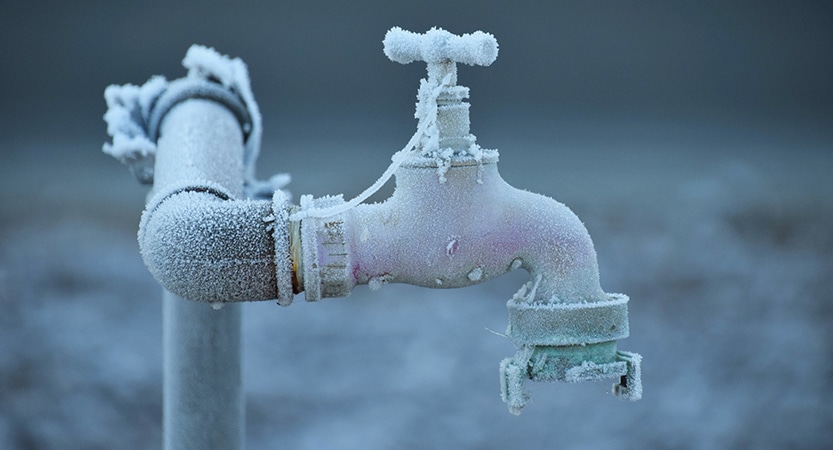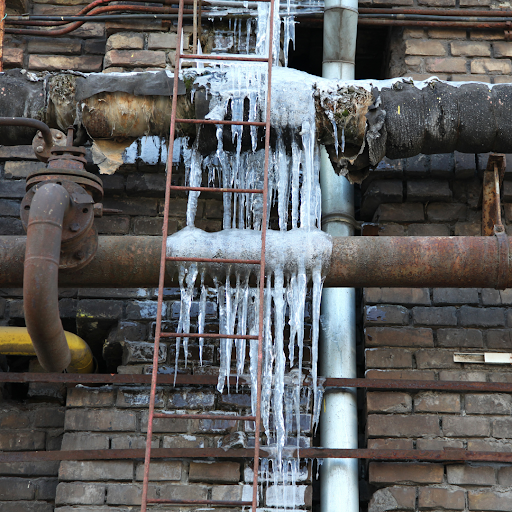Prevent Frozen Pipes in Cold Weather: Professional Advice
Prevent Frozen Pipes in Cold Weather: Professional Advice
Blog Article
We have uncovered this great article relating to How to prepare your home plumbing for winter weather directly below on the web and thought it made perfect sense to relate it with you on this site.

Winter can ruin your plumbing, particularly by freezing pipelines. Here's exactly how to stop it from taking place and what to do if it does.
Introduction
As temperature levels drop, the danger of frozen pipes boosts, potentially bring about costly repair services and water damage. Understanding just how to avoid icy pipelines is important for house owners in chilly environments.
Comprehending Icy Pipelines
What creates pipelines to ice up?
Pipes freeze when exposed to temperatures below 32 ° F (0 ° C) for extended periods. As water inside the pipes ices up, it broadens, taxing the pipeline walls and possibly triggering them to rupture.
Risks and damages
Frozen pipes can lead to water disturbances, residential or commercial property damage, and costly repair work. Ruptured pipelines can flooding homes and create comprehensive structural damages.
Signs of Frozen Pipeline
Determining icy pipelines early can prevent them from breaking.
How to identify icy pipelines
Search for reduced water flow from taps, uncommon odors or sounds from pipes, and noticeable frost on revealed pipelines.
Avoidance Tips
Protecting at risk pipelines
Cover pipelines in insulation sleeves or utilize warmth tape to safeguard them from freezing temperatures. Focus on pipelines in unheated or exterior locations of the home.
Home heating techniques
Maintain indoor spaces sufficiently warmed, specifically locations with pipes. Open closet doors to enable cozy air to circulate around pipelines under sinks.
Securing Outside Plumbing
Garden hose pipes and outdoor taps
Detach and drain pipes garden tubes prior to winter months. Set up frost-proof faucets or cover outdoor taps with protected caps.
What to Do If Your Pipes Freeze
Immediate activities to take
If you think icy pipes, keep taps available to relieve pressure as the ice thaws. Make use of a hairdryer or towels soaked in hot water to thaw pipes slowly.
Long-Term Solutions
Architectural changes
Take into consideration rerouting pipelines far from outside walls or unheated areas. Add extra insulation to attics, basements, and crawl spaces.
Upgrading insulation
Buy top notch insulation for pipes, attics, and wall surfaces. Appropriate insulation aids preserve regular temperatures and minimizes the danger of icy pipelines.
Verdict
Stopping frozen pipes requires aggressive procedures and quick reactions. By comprehending the causes, indicators, and preventive measures, property owners can protect their pipes during winter.
5 Ways to Prevent Frozen Pipes
Drain Outdoor Faucets and Disconnect Hoses
First, close the shut-off valve that controls the flow of water in the pipe to your outdoor faucet. Then, head outside to disconnect and drain your hose and open the outdoor faucet to allow the water to completely drain out of the line. Turn off the faucet when done. Finally, head back to the shut-off valve and drain the remaining water inside the pipe into a bucket or container. Additionally, if you have a home irrigation system, you should consider hiring an expert to clear the system of water each year.
Insulate Pipes
One of the best and most cost-effective methods for preventing frozen water pipes is to wrap your pipes with insulation. This is especially important for areas in your home that aren’t exposed to heat, such as an attic. We suggest using foam sleeves, which can typically be found at your local hardware store.
Keep Heat Running at 65
Your pipes are located inside your walls, and the temperature there is much colder than the rest of the house. To prevent your pipes from freezing, The Insurance Information Institute suggests that you keep your home heated to at least 65 degrees, even when traveling. You may want to invest in smart devices that can keep an eye on the temperature in your home while you’re away.
Leave Water Dripping
Moving water — even a small trickle — can prevent ice from forming inside your pipes. When freezing temps are imminent, start a drip of water from all faucets that serve exposed pipes. Leaving a few faucets running will also help relieve pressure inside the pipes and help prevent a rupture if the water inside freezes.
Open Cupboard Doors
Warm your kitchen and bathroom pipes by opening cupboards and vanities. You should also leave your interior doors ajar to help warm air circulate evenly throughout your home.

We had been made aware of that report on Prevent Frozen Pipes through an associate on our other web page. Sharing is nice. Helping people is fun. Kudos for your time. Please come visit our blog back soon.
Click Here Report this page